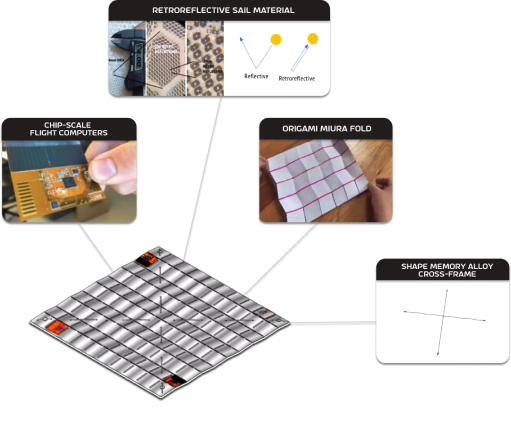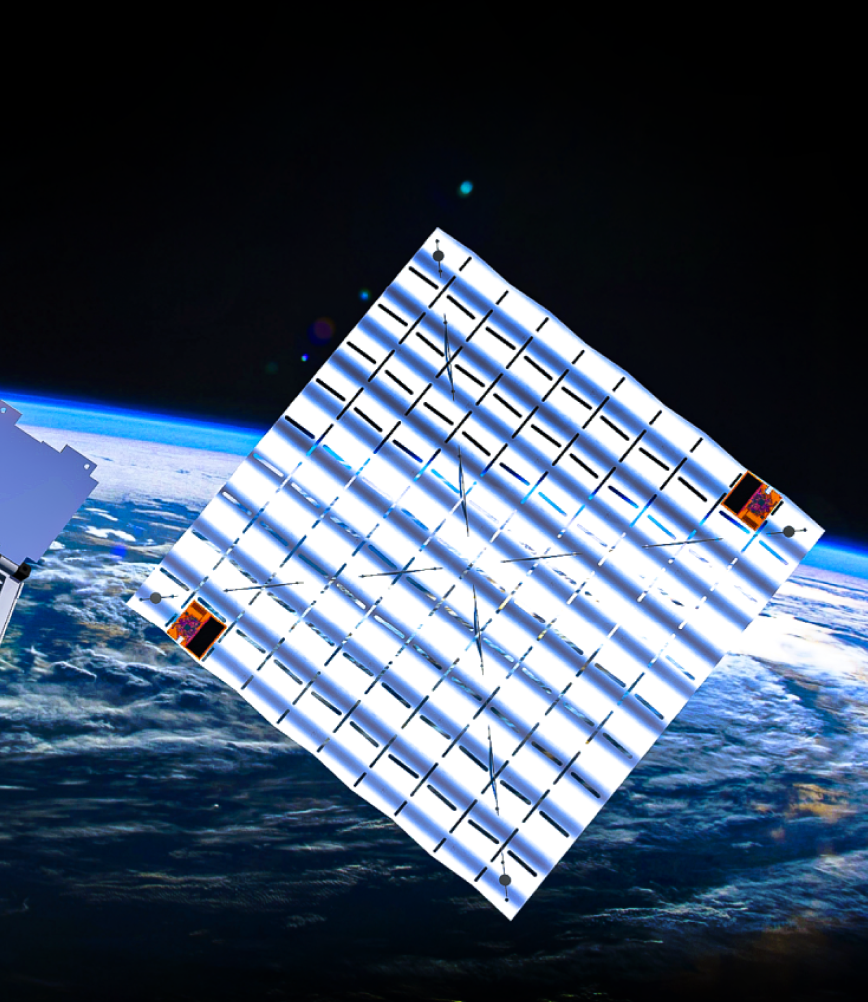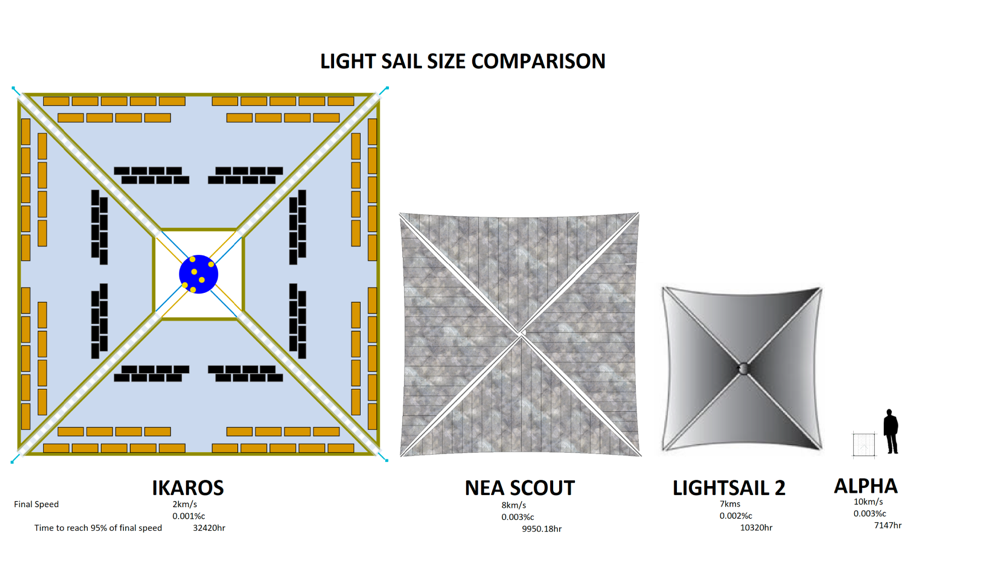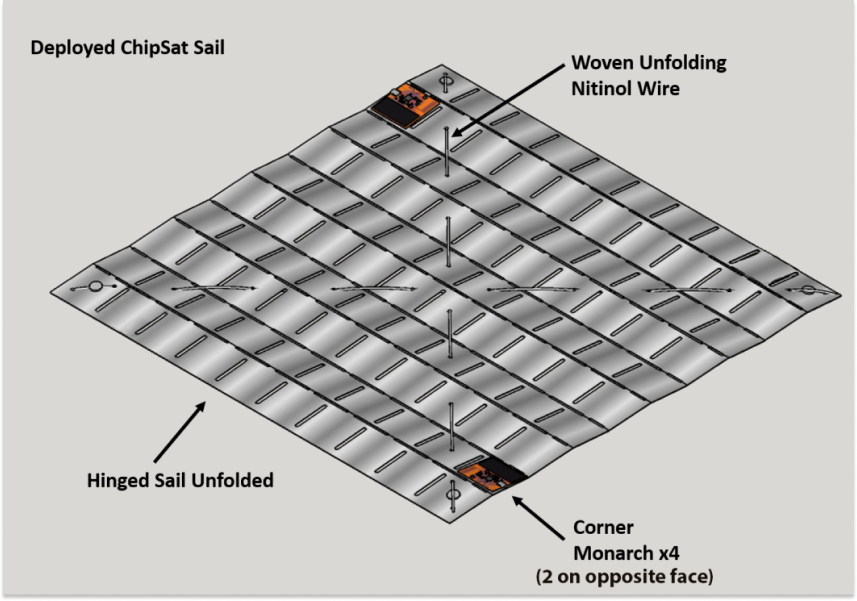How are these sails propelled without fuel?
Because photons carry momentum, they impart a push when they bounce off a reflective surface—just like any other colliding object. With the right design, this momentum can be utilized to its fullest.
The fact that these sails don’t need any fuel is incredibly helpful when it comes to long-range missions. They can remain light, small, and travel for long periods of time without needing to worry about refueling or mass.



